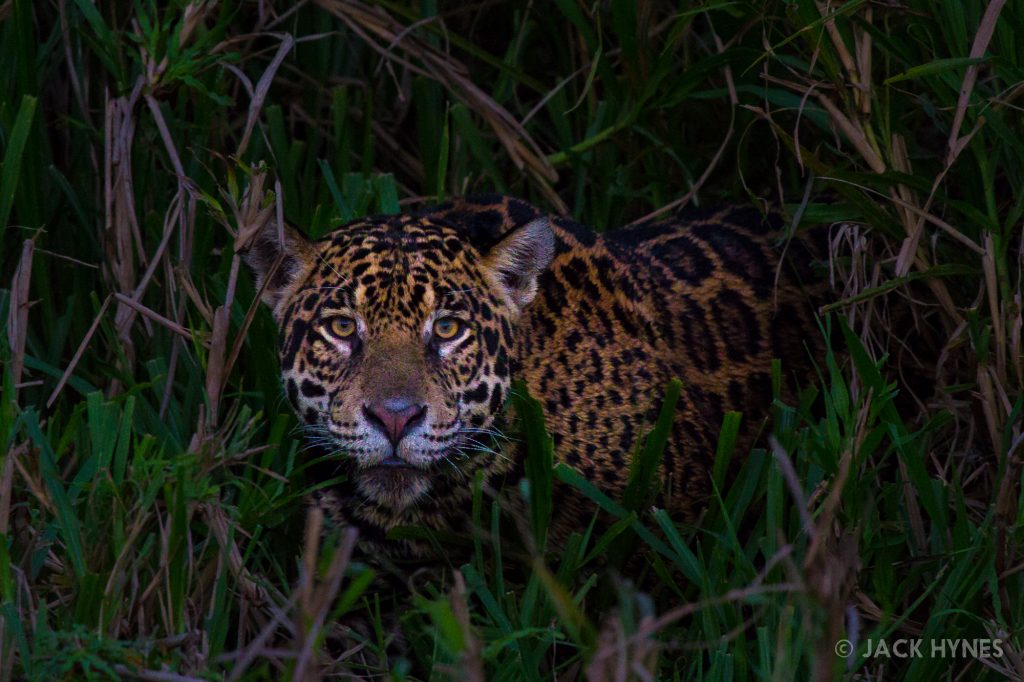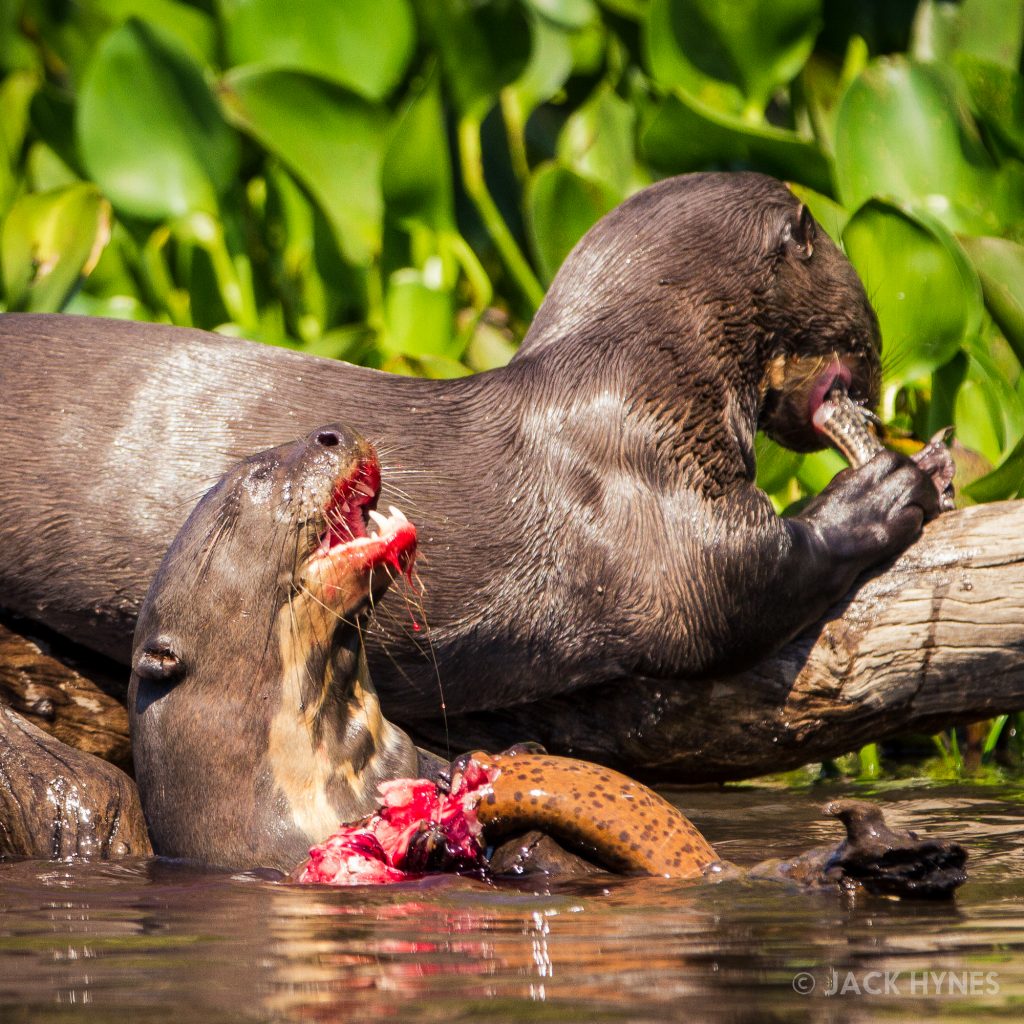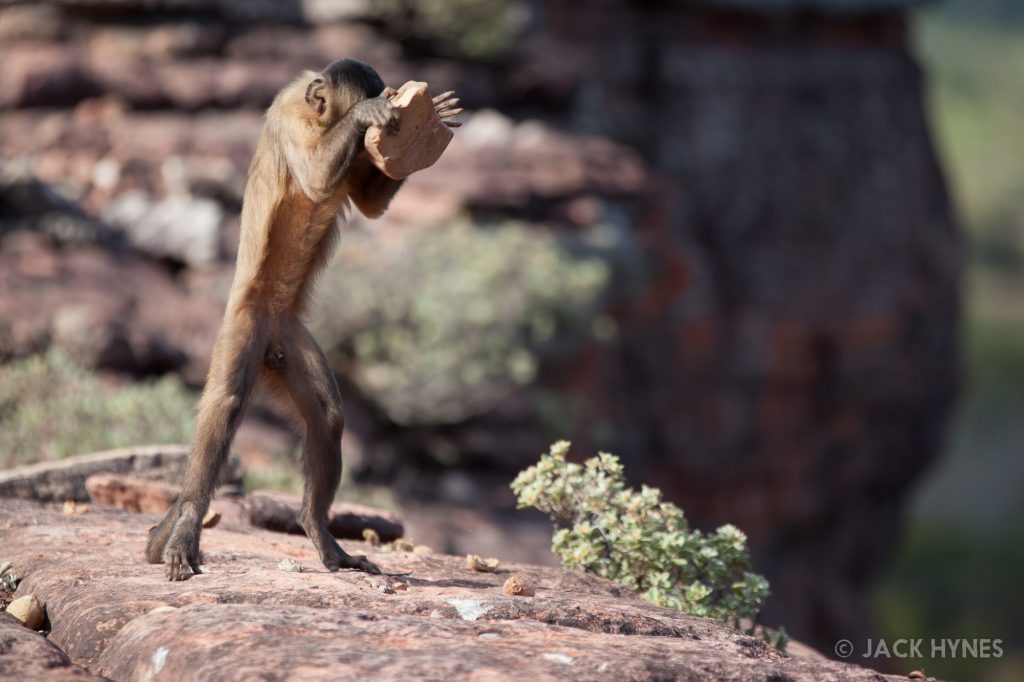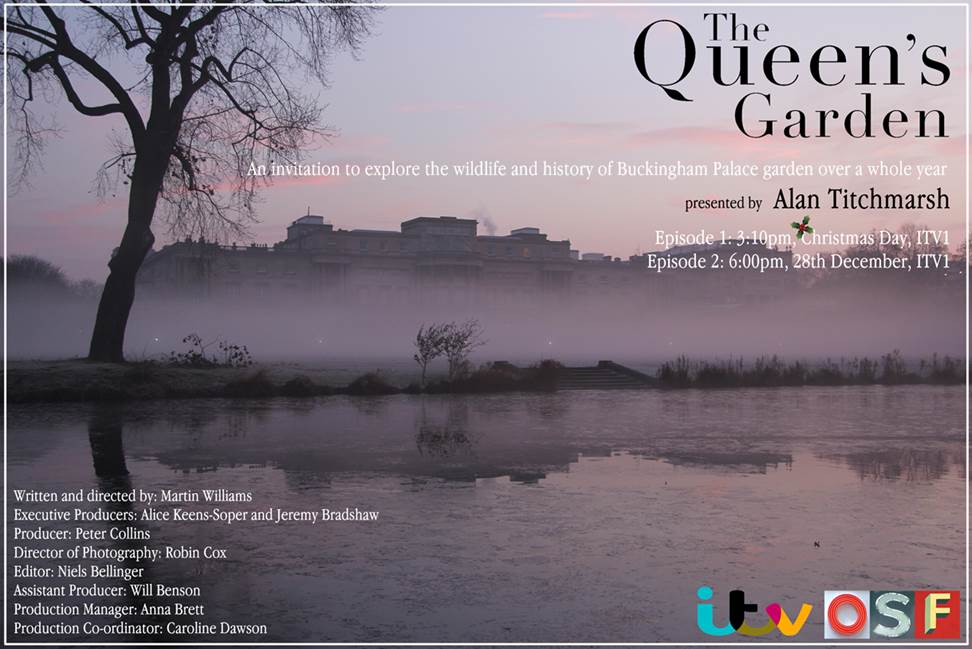The Queen’s Garden is being broadcast over the Christmas period on ITV1. During the summer I had the privilege of filming bats in Buckingham Palace gardens with OSF and Alan Titchmarsh. We saw a few pipistrelles catching insects over the water by the front lawn of the Palace and a rat wandering along the edge of the pond. The Palace advisor had suggested we shouldn’t show the rodent in the final cut as it may look bad on the gardens’ part, however I still spotted it near the end of the sequence!
The changing colours of the cerrado
At the start of the wet season the cerrado undergoes a great change. The flowers bloom and the vast landscape becomes a sea of colour.

When we arrived the landscape was dry as a bone and most of the plant life looked dead, the leaves—if there were any—were orange and dessicated. This formed amazing tunnels along the paths that glowed when the sun hit them at the end of the day.

We had arrived just before the rains and hoped to catch the emergence of the fresh green leaves and flowering shrubs and trees. We set up long lapse times with a careful marking system for the tripods and time lapse slider because unfortunately we couldn’t leave the cameras there—the rains are very strong when they do come. This meant we had to carefully plan ahead to capture the most spectacular changes, include the close-up budding of the trees, and repeat the shots every few days.

The lapse times when completed looked incredible and really showed the amazing change the whole landscape undergoes in a short period at the beginning of the wet season.
Filming in the northern Pantanal
After spending seven weeks filming in the Brazilian Pantanal I can safely say it is the most species-rich environment I’ve ever had the pleasure of visiting. It’s not just the numbers of animals, I could personally identify 50 different species of bird by the end, but the ease at which you can encounter them. Unlike the Amazon which is so vast and dense that your chances of spotting much is greatly reduced, the vast landscape of wetlands and rivers lends itself well to animal sightings. However for me the most impressive species to see there, and the animal we were trying to film, is the jaguar.

Being able to spot jaguars ever single day was nothing short of incredible, and without the help of our eagle-eyed boat drivers, Shude and Ailton, I would not have been possible. These cats roam the banks of the rivers searching for caiman, capybara, and occasionally turtles. We’d be off before sunrise in our little 15 cc boat travelling upriver to scour the banks for any sign of this elusive cat.
It wasn’t just jaguars that this region is famous for, the giant river otter is a resident too, and a bloodthirsty one too. Get too close or block their route and you’ll have them biting your oars as you paddle around! The hunting behaviour was fascinating, they hunted together in the murky water feeling around for their prey, often eels and catfish. It always seemed like a highly energetic game, with their screaming (a noise that is quite indescribable, but parts reminded my of a dial-up modem connecting) and jumping and fighting, only stopping to crunch through their catch.

The nutcrackers of Piauí
Working in natural history film-making brings you to some rather remote locations and lets you see some remarkable behaviours. None are more remarkable than the tool use shown in the bearded capuchin, who cracks the hard casing of nuts with specially selected stones. Here in Piauí, in north-eastern Brazil, I worked as an assistant to Christian Baumeister who shot this fascinating behaviour.


